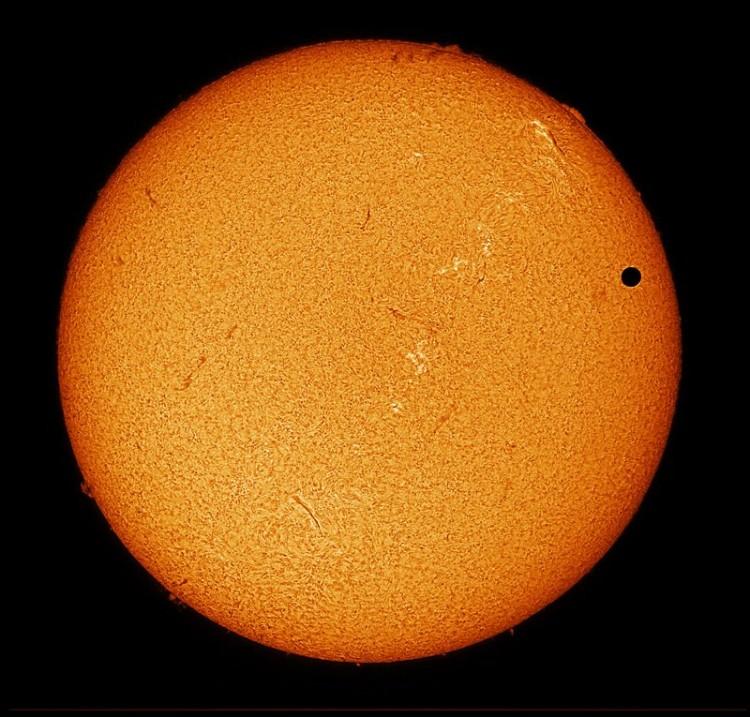The live feeds have ended. See photos and videos here.
Last Transit of Venus for 105 Years
A once-in-a-lifetime event will take place on June 5/6 when Venus will be visible as a tiny black dot moving across the sun. The next Venus transit isn’t due until 2117.

Global visibility of the Venus transit. F. Espenak, GSFC/NASA
|Updated:
works with Cassie Ryan
science articles
China article
Author’s Selected Articles





